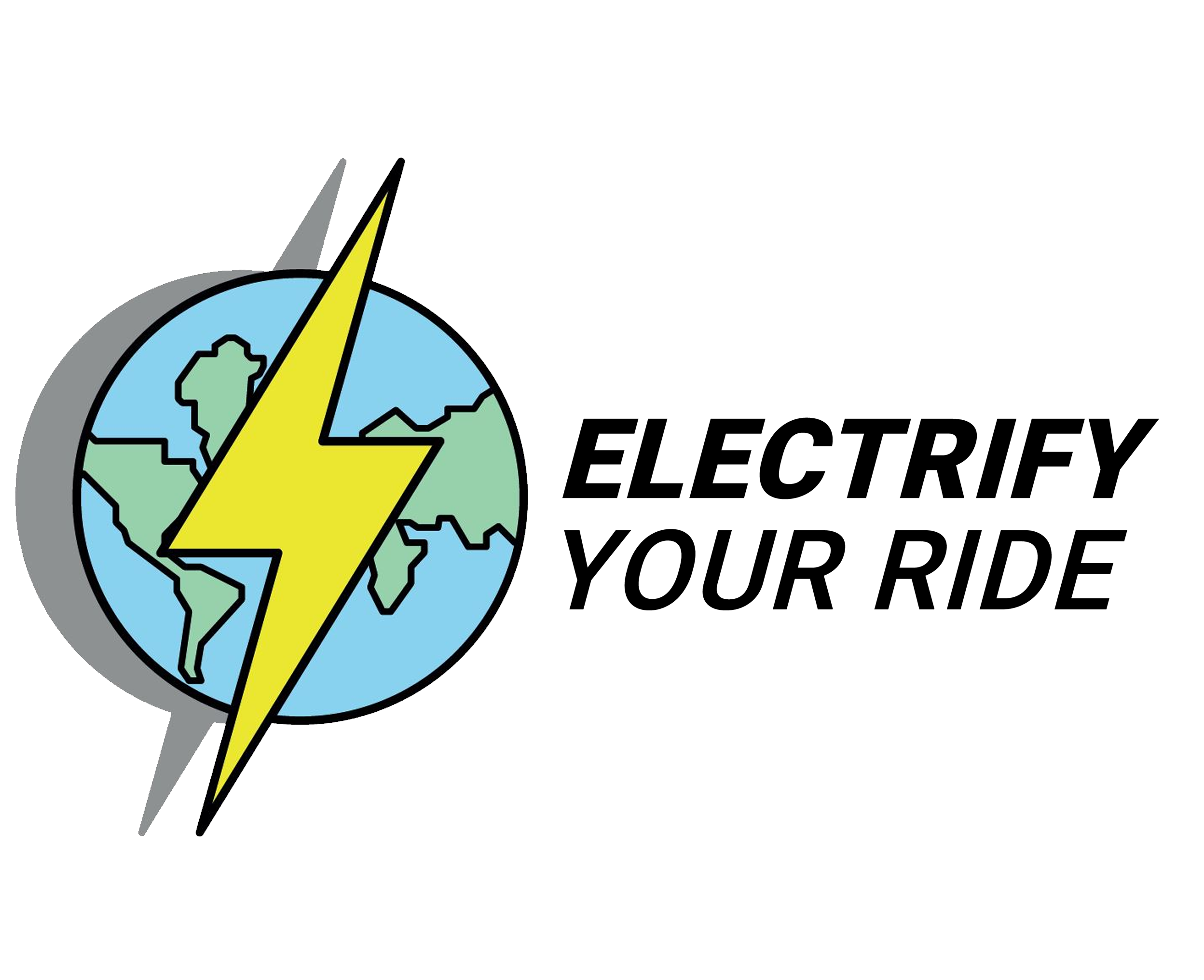As most of you know an EV is run in the most sustainable manner when it is charged with renewable energy such as wind or solar. Most obviously this can be achieved by installing a solar system on your roof and a charger that adapts its charge rate to the PV power currently being produced.
This has been achieved with open source software as documented on the openinverter forum.
But what if you don’t own a roof, for example because you live in a rented appartment or house? Then you can still make use of the existing renewable energy installations by charging your car when renewable energy is abundant.
This is possible because wind and solar electricity is by far the cheapest. So when there is plenty of it, prices drop because coal and gas plants can be shut down. Sometimes there is even so much excess energy on the grid that it is given away for free or you are even payed to use it. This means when emissions are low, prices are low – beautiful isn’t it?
High renewable generation and little demand makes prices plummet
The factor between lowest and highest end user prices can vary by a factor of up to three. On sunny or windy weekends prices usually plummet because there is little demand. Commonly, electricity can be had for 15 ct/kWh including all fees. In the morning or evening hours during workdays prices are usually highest and can reach 45 ct/kWh or even more in rare cases.
During these times electricity is mostly supplied by fossil fuels such as coal or gas. So charging your EV during these times would yield a rather large CO2 footprint up to 700 g/kwh as opposed to 100 g/kWh in more favorable hours.
With a regular tariff with fixed energy prices there is no financial incentive to avoid these high emission hours.
To overcome that, spot market tariffs offered by Tibber or awattar can be used. They sell electricity at its current market price that changes every hour. Furthermore, a 24h forecast is available making intelligent planning possible. Tibbers app even communicates with some OEM EVs to automatically charge them when electricity prices are cheap. To open this new world to our conversions, an open source project was launched. It is currently targeted at stationary home batteries but will be extended to EVs as well.
We think the outlook is bright: as more renewable energy generators are rolled out, times will increase where prices are low and the CO2 savings are maximized. Furthermore, all electricity vendors must offer spot market tariffs by 2025 giving you even more choice. Last but not least we might see variable grid fees, making off peak electricity even cheaper.





